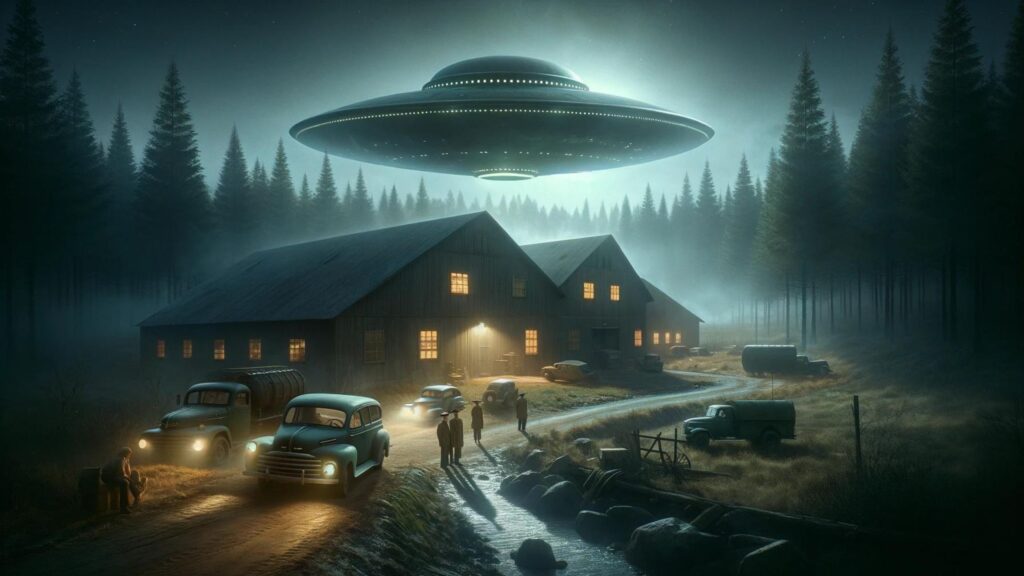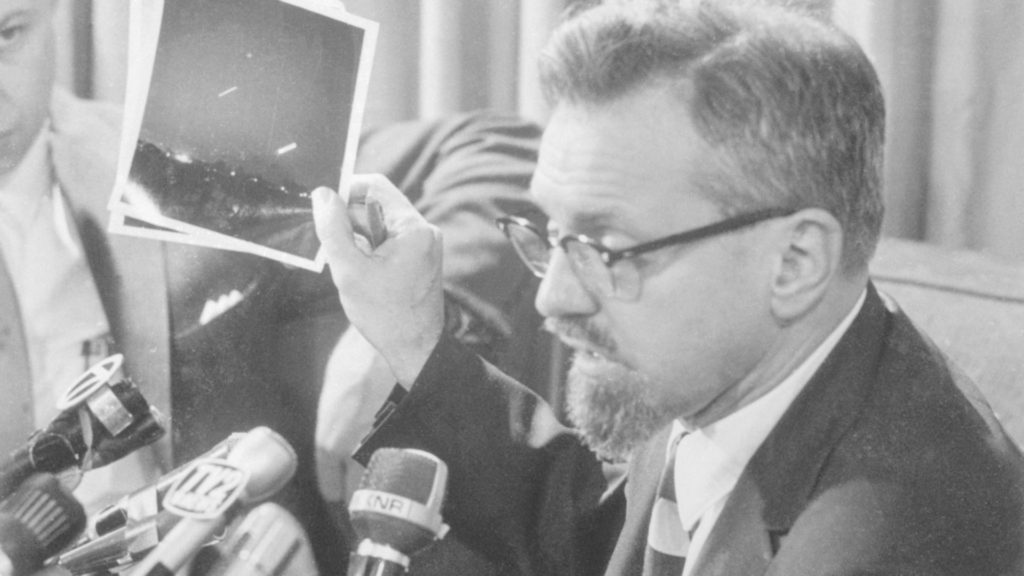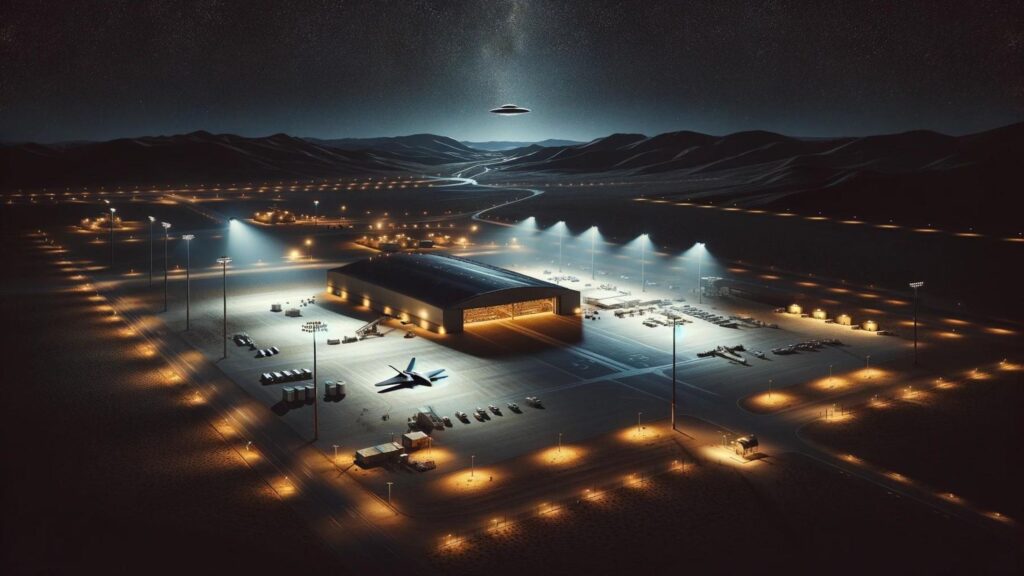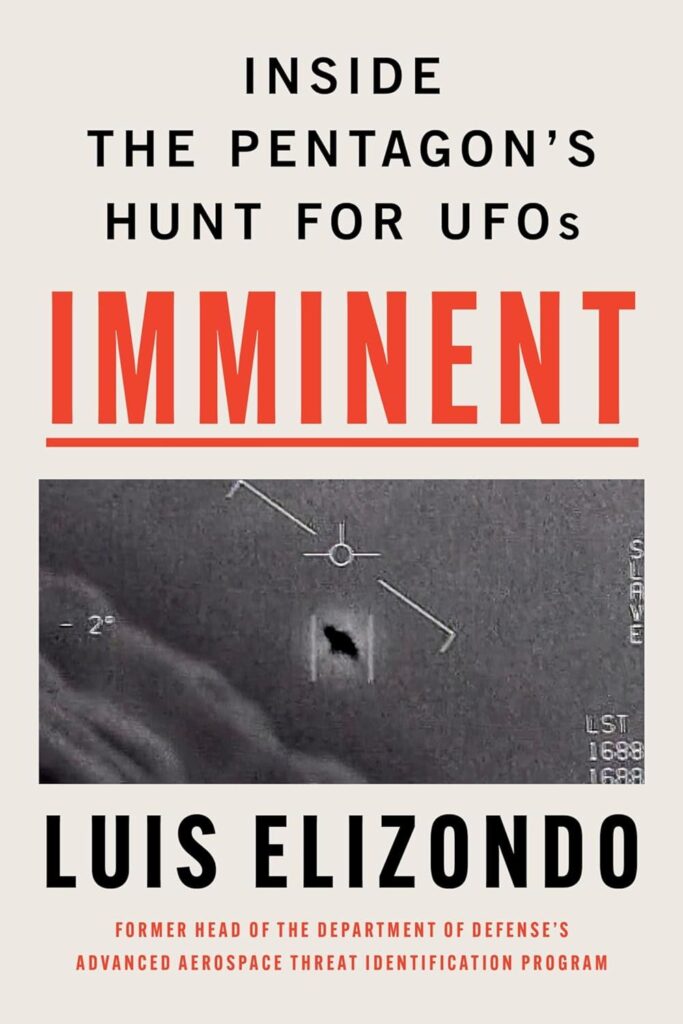Unidentified Flying Objects (UFOs) have intrigued and puzzled humanity for decades. From credible eyewitness accounts by seasoned military personnel to declassified government videos, the evidence supporting the existence of UFOs continues to grow. This article explores 12 compelling reasons why we should consider the possibility that UFOs are real, examining historical accounts, scientific interest, and recent developments.
1. Credible Witnesses

UFO sightings have been reported by highly credible witnesses, adding significant weight to the claims. Notable figures include military pilots, astronauts, and government officials. For instance, former U.S. Navy pilot Commander David Fravor described an encounter with a Tic Tac-shaped object in 2004 that exhibited flight characteristics far beyond current human technology. Fravor’s account, along with corroborative radar data, has been widely publicized and scrutinized yet remains unexplained.
2. Government Acknowledgments

Various governments have publicly acknowledged the existence of unexplained aerial phenomena. In 2020, the Pentagon released three declassified videos of UFO encounters captured by Navy pilots. These videos, known as “FLIR1,” “Gimbal,” and “GoFast,” show objects performing maneuvers that defy conventional aeronautics. The U.S. Department of Defense has confirmed that these videos are genuine, leading to increased interest and speculation about their origins.
3. Advanced Technology

Some observed UFOs exhibit flight characteristics and technological capabilities far beyond our current understanding. These objects have been reported to perform rapid accelerations, high-speed maneuvers, and the ability to hover without visible means of propulsion. In one instance, the Nimitz UFO encounter, radar operators tracked an object descending from 80,000 feet to sea level in seconds. Such feats would require propulsion systems and materials far more advanced than those currently available.
4. Historical Accounts

Reports of UFO sightings date back centuries, suggesting a long history of unexplained aerial phenomena. Historical texts and artworks depict objects in the sky that resemble modern descriptions of UFOs. For example, a 1561 woodcut by Hans Glaser depicts a “sky battle” over Nuremberg, Germany, with various shapes and forms that mirror contemporary UFO reports. These historical accounts indicate that UFO sightings are not a recent phenomenon and have intrigued humanity for generations.
5. Physical Evidence

In some cases, physical evidence has been associated with UFO sightings. This includes radar tracking data, unexplained material residues, and electromagnetic interference. During the Rendlesham Forest incident in 1980, U.S. military personnel reported encountering a UFO near RAF Woodbridge in the UK. They found indentations on the ground and elevated radiation levels at the landing site. Such physical traces provide tangible proof that warrants further investigation.
6. Scientific Interest

Prominent scientists and researchers have taken a serious interest in studying UFOs and potential extraterrestrial life. Harvard astrophysicist Avi Loeb has advocated for rigorous scientific investigation of UFOs, proposing the establishment of research programs to analyze anomalous phenomena. Similarly, the SETI Institute (Search for Extraterrestrial Intelligence) actively searches for signals from intelligent extraterrestrial civilizations, highlighting the scientific community’s openness to exploring these possibilities.
7. Global Phenomenon

UFO sightings are reported worldwide across various cultures and regions. This global distribution suggests that the phenomenon is not confined to a specific geographic area. For example, in 1976, multiple Iranian Air Force pilots reported a UFO over Tehran, with radar confirmation and attempted intercepts. Such incidents, occurring in diverse locations and reported by trained observers, reinforce the idea that UFOs are a widespread and significant phenomenon.
8. Abduction Accounts

Numerous individuals have reported abduction experiences with consistent details, suggesting a pattern that might point to a real phenomenon. One of the most famous cases is that of Betty and Barney Hill in 1961. The couple reported being taken aboard a spacecraft and subjected to medical examinations by extraterrestrial beings. While controversial, these accounts often share striking similarities, such as descriptions of beings and procedures, adding another dimension to the evidence.
9. Astronomical Probabilities

The vastness of the universe, with its billions of galaxies and potentially habitable exoplanets, makes it statistically plausible that intelligent life exists elsewhere. The Drake Equation, formulated by Frank Drake, estimates the number of active, communicative extraterrestrial civilizations in the Milky Way. Even with conservative assumptions, the probability of other intelligent life forms is high. This statistical likelihood supports the idea that some UFOs could be of extraterrestrial origin.
10. Official Investigations

Government and military organizations have conducted serious investigations into UFOs. The U.S. Air Force’s Project Blue Book, which operated from 1952 to 1969, investigated over 12,000 UFO reports. Although many cases were explained, a significant number remained unidentified. More recently, the Pentagon’s Advanced Aerospace Threat Identification Program (AATIP) and the UAP Task Force have focused on studying and understanding UFOs, underscoring the importance and seriousness of the subject.
11. Technological Secrecy

The rapid advancement of secret military technologies could mean that some UFO sightings are actually top-secret experimental aircraft. However, some sightings defy even the most advanced known technologies, suggesting otherworldly origins. For example, the SR-71 Blackbird and stealth aircraft were classified for years, leading to UFO reports. Yet, many modern sightings, such as the Nimitz encounter, involve capabilities that surpass any known human-made technology.
12. Recent Developments

Recent developments indicate that the phenomenon is being taken more seriously at the highest levels. In 2020, the establishment of the UAP Task Force by the U.S. Department of Defense aimed to improve understanding of and gain insight into the nature and origins of UAPs. Additionally, former intelligence officials like Luis Elizondo, who led AATIP, have publicly advocated for greater transparency and research into UFOs, suggesting that more conclusive evidence may emerge in the near future.
Conclusion
Each of these 12 reasons builds a compelling case for the existence of UFOs. The credible witness testimonies, government acknowledgments, and advanced technological capabilities observed in many sightings provide strong evidence that warrants serious consideration. Historical accounts and physical evidence add depth to the argument, while scientific interest and global reports underscore the phenomenon’s significance. Abduction accounts, astronomical probabilities, and official investigations further bolster the case. The possibility of technological secrecy and recent developments in government transparency suggest that we may be on the brink of new discoveries. This comprehensive examination offers a robust argument for the existence of UFOs and encourages continued exploration and open-mindedness in the search for answers.


